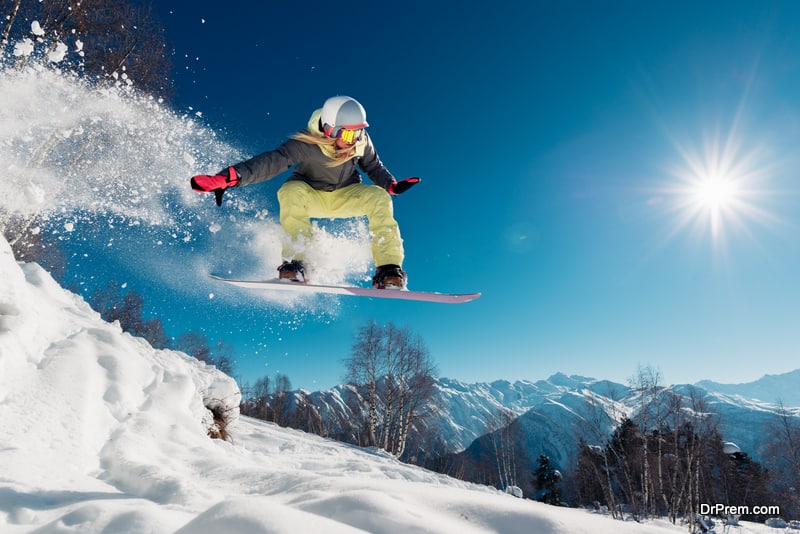Come summer and almost every other snowy destination around the world would start welcoming hordes of tourists. Nothing beats the fun of enjoying a nice, chilly, fun time in the snow when it’s scorching hot back home. However, how many of us actually stop to think about how our activities would be harming the snowy terrain we tend to enjoy so much? Many snowy terrains around the world have in fact started facing the heat of increasing tourism activity. Accordingly, here are some of the ways in which tourism is impacting these snow covered regions.
Displacement of plant and animal habitats
The snow-covered slopes are home to several plants that remain hidden underneath the manicured white blanket, waiting for spring to arrive so that they can peep out again. The same can be said for many animals whose habitats remain hidden beneath the snow. Increased tourist activity in these regions would lead to the rise of more ski resorts, which in turn would cause the displacement of these habitats.
In addition to this, ski resorts are known to use ski pistes which are usually managed with artificial snow. Introducing more artificial snow into a naturally snowy terrain will have adverse impacts on plant and animal life, with late flowering, snow bed and wood plants being the most affected.
Water wastage
Ski resorts are the not the most energy efficient establishments. They tend to use up a lot of electricity in heating the rooms and the water in the bathroom. Plus, they tend to use up quite a lot of water for the creation of artificial snow. While some resorts take the water they need from manmade reservoirs, others tend to rely on natural resources like ponds, lakes and rivers for the same, thus posing a danger of depletion to these natural water sources. And this does not even include the amount of water wasted by the guests arriving at these ski resorts.
Increased traffic leading to air pollution
Increased traffic in snowy terrains has also led to increased pollution levels in these area, thereby contributing directly to increase in temperature as well as global warming on a large scale. For instance the Rohtang region in India used to attract only a handful of visitors every year. However, the region is now overcrowded with so many tourists that there is hardly room for anyone to move around freely.
How does this contribute to pollution you ask? Well, increased tourist traffic will also lead to an increase in the number or vehicles plying these regions. Most of the vehicles in these regions also rely on fossil fuel for transportation. The majority of ski resorts also depend on the same for heat generation and other operations. All these would cause a lot of greenhouse gases to be emitted into the atmosphere. This in turn would increase pollution and temperature levels substantially.
Impact on bird diversity
Several snowy terrains are home to diverse species of birds. However, the advent of more ski resorts has led to decreased bird species diversity and richness in these regions. The development of artificial ski pistes would get rid of invertebrates who are the main source of food for many birds inhabiting these regions. Clearing out of forest lands to make way for resort extensions also destroys bird habitats, thus forcing these birds to look for homes elsewhere.
Finally, increased pollution levels leading to warmer climates tend to have adverse effects on the health of the birds living in these regions. Eventually, these birds would have to fly away to colder regions, thus impacting the bird diversity and richness in the terrain.
Summary
Snowy terrains around the world are facing a lot of adverse effects owing to increased tourist activity.



